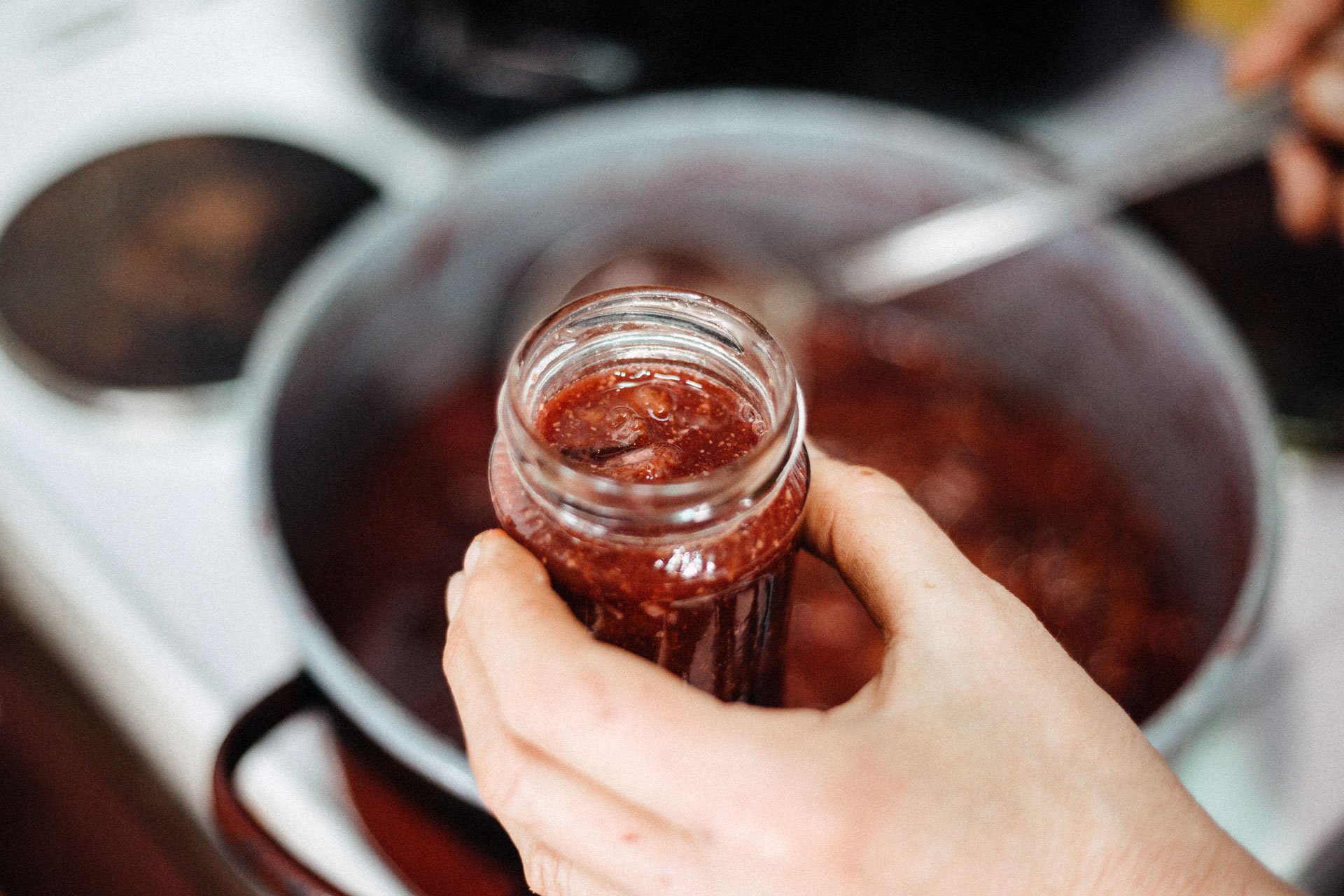Real Food Encyclopedia | Gooseberries
Gooseberries have somehow gone under the radar in the United States. This lack of popularity could be due to early 1900s federal law that banned gooseberry cultivation because they are carriers of a fungal disease that can attack white pines — of which this country is very protective. Yet, with their subtle, tart flavor and their seductive appearance, they could easily become a cult favorite if given the spotlight.
Did you know?
- Not to be mistaken for ground or husk cherries, gooseberries — sometimes called Peruvian or Cape ground cherries, just to really befuddle you — are their very own entity.
- To further confuse, kiwis were formerly referred to as Chinese gooseberries, though kiwis and gooseberries are not related.
- “Gooseberry clubs” began in England, in which farmers compete over the size and flavor of their gooseberries. The competitions are remarkably still in existence.
What to look for when buying gooseberries
Gooseberries are not widely available in conventional supermarkets, and are even challenging to find at your local farmers’ market. There are many species and they range in color as well as size. Gooseberries can be so dark red they are nearly black, and go along the spectrum of different shades of red into shades of green (a color blind person’s nightmare, really). The most common varieties are grape-sized. While some varieties are smooth, others are somewhat fuzzy. The flavor of raw gooseberries could fairly be described as pucker-inducing.
Sustainability
Since gooseberries are a rarity in the United States and are a specialty crop, they have a negligible environmental impact. However, finding organically grown ones is a real challenge — as is finding them, generally. Also, as gooseberries are almost entirely regionally sourced, they seldom have environmental impacts due to transport.
Gooseberries are susceptible to a disease known for doing damage to white pines, which can upset certain ecosystems, leading to the early 1900s legislation. The federal law banning cultivation was lifted in 1966 and the legislation has been state-by-state mandated since. Efforts are being made to breed disease-resistant varieties of European gooseberries, though regulations still exist in Massachusetts, Maine, New Hampshire and Rhode Island.
Seasonality
In the U.S., gooseberries are in season from June through August, depending on the variety and where you are located.
Geography
Gooseberries are cultivated in temperate climates, mostly in Europe and North America. They grow and are eaten locally in Asia, but are not cultivated there. They thrive best in northern cool and moist climates, making them heartier than your average berry.
Gooseberries are in the Grossulariaceae family, which also includes currants, and are of the genus Ribes. There are several species , though R. grossularia is the most commonly cultivated in the U.S. and Europe. Gooseberries grow on medium-sized bushes, many of which have cranky thorns to be wary of.
American varieties of gooseberries are native to Canada and the northern United States, whereas European strains of gooseberries are native to North Africa, Eastern Europe and western Africa.
In North America, a wild species of gooseberry was eaten by Native American tribes until gooseberries brought over from Europe become the preferred favorite. That is, until U.S. legislation restricted their cultivation when it was discovered that the European variety carried disease.
Eating gooseberries
Storing
Gooseberries can be stored covered in the refrigerator for up to three weeks. They also freeze well since they are predominantly used in cooked dishes.
Cooking
Gooseberries can be popped into the mouth raw, though their tartness isn’t everyone’s cup of gooseberry-tea. Most recipes call for adding sugar and cooking gooseberries, like the way we treat rhubarb.
Gooseberries are most traditionally used in an English fool, a simple and classic dessert made from fresh fruit and sweetened whipped cream. They are often prepared as a sauce to accompany a fatty meat, especially that of goose, causing some to wonder if that is where the gooseberry gets its name.
Gooseberries also hold up beautifully in a tart or crumble, and make for a sassy and sophisticated cocktail or sorbet (especially with the addition of elderflower liquor in either or both).
Preserving
Make gooseberry jam! Or gooseberry and elderflower preserves. Or gooseberry and vanilla jam.
Nutrition and health
One cup of gooseberries provide 45 percent of your daily Vitamin C, making them an excellent source of this nutrient. They are also an excellent source of fiber.
Top photo by missmimimina/Adobe Stock.


